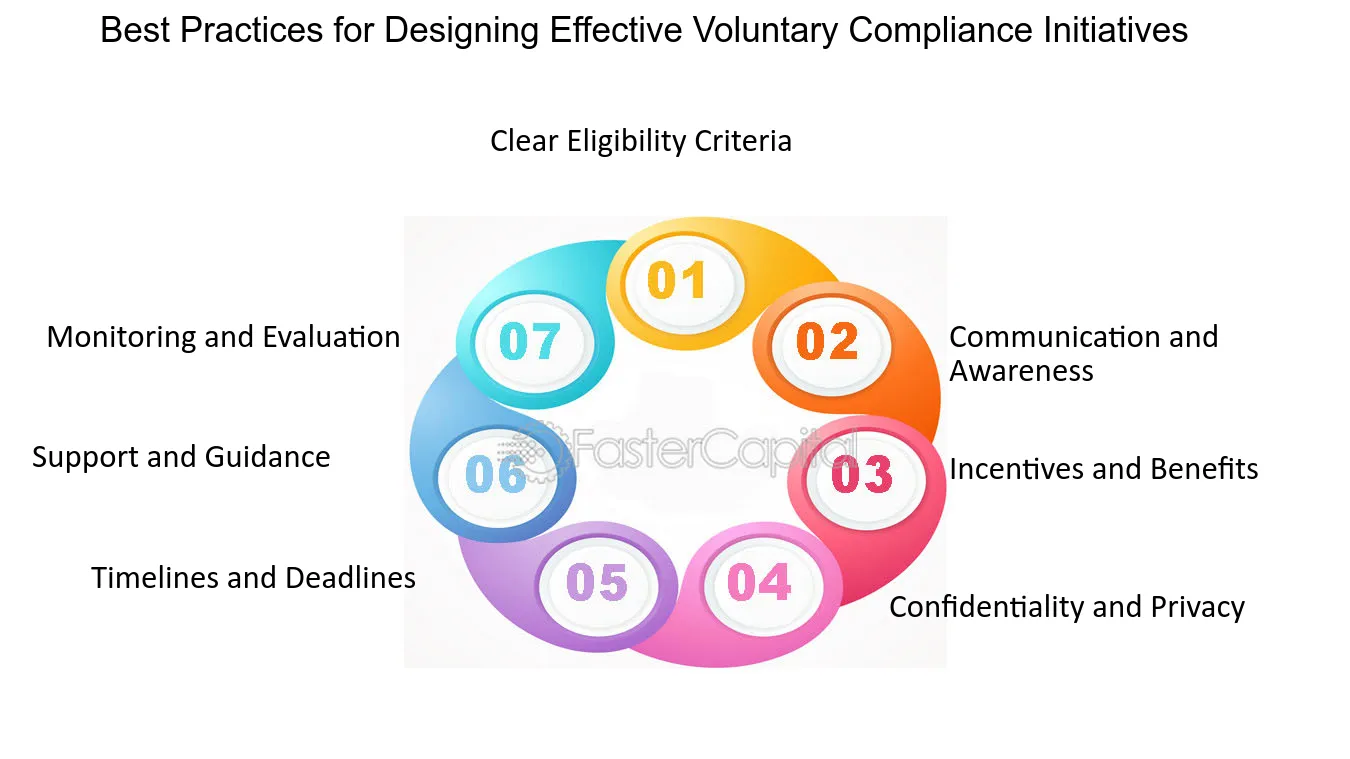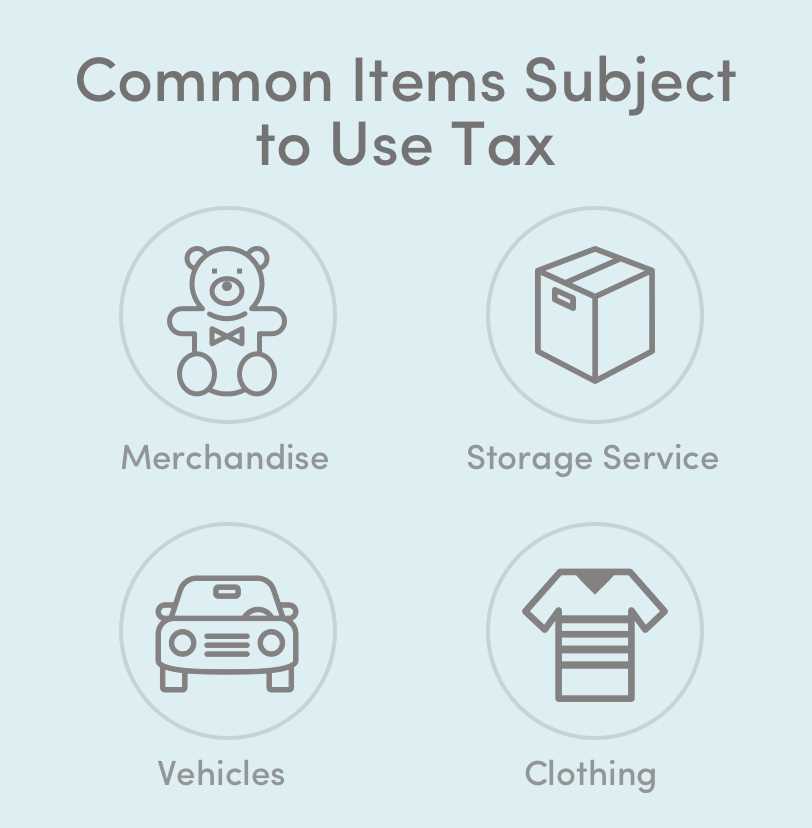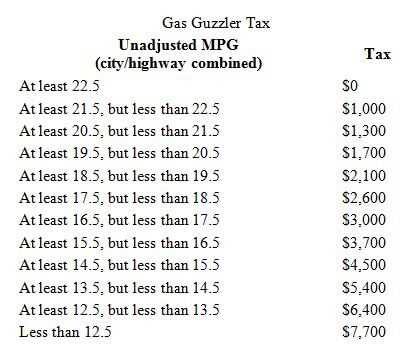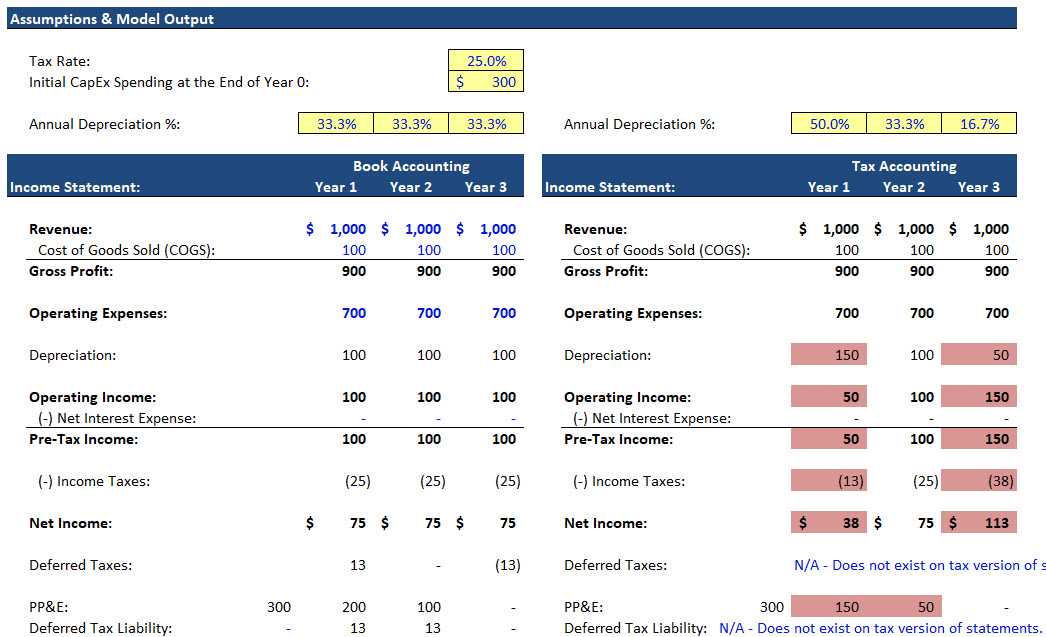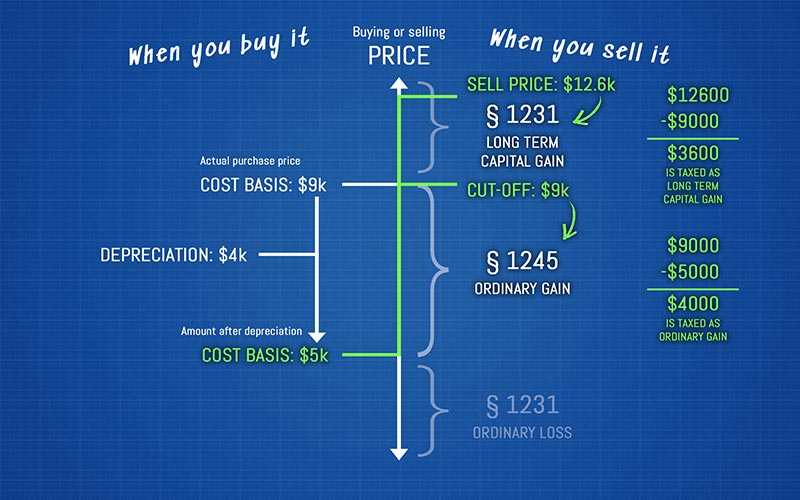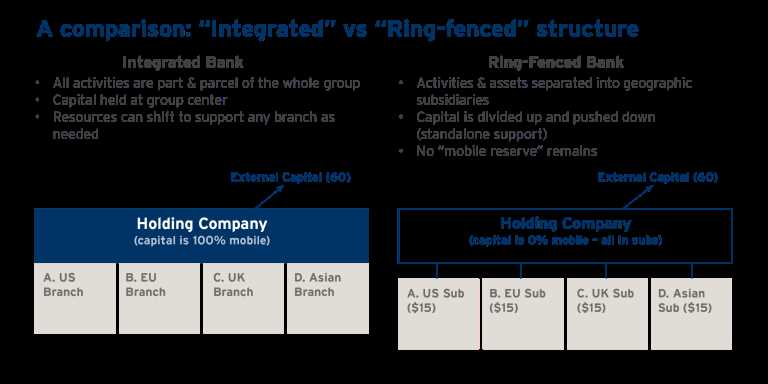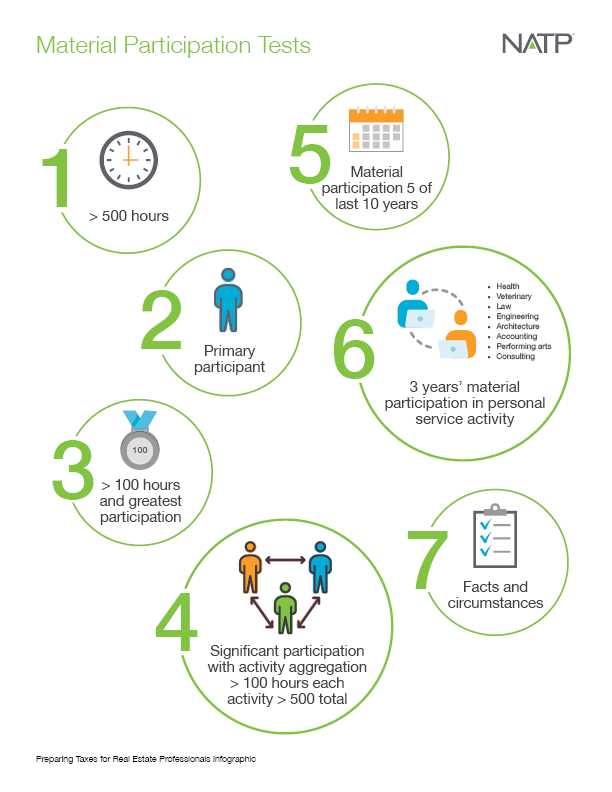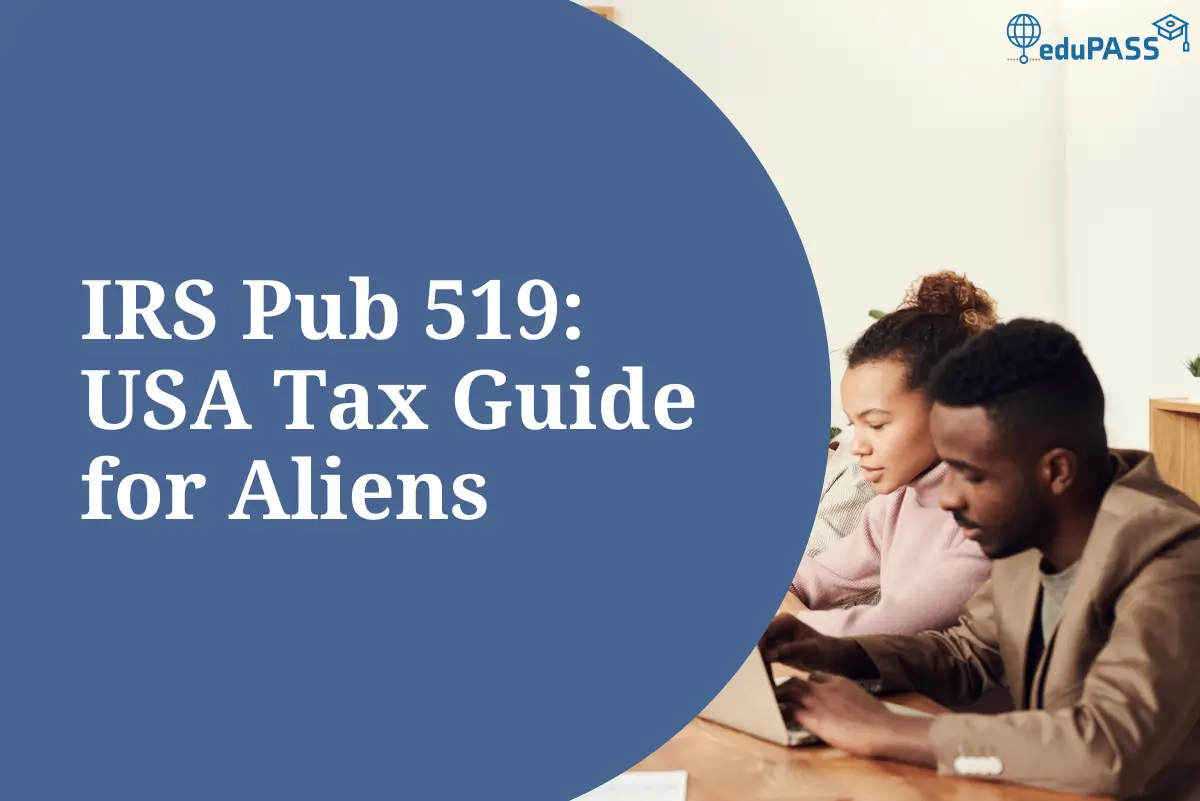What Is a 1035 Exchange? Definition and How the Rules Work
What Is a 1035 Exchange? A 1035 exchange is a provision in the United States tax code that allows for the tax-free exchange of certain types of insurance policies. This provision is named after Section 1035 of the Internal Revenue Code, which outlines the rules and regulations for these exchanges. … …


